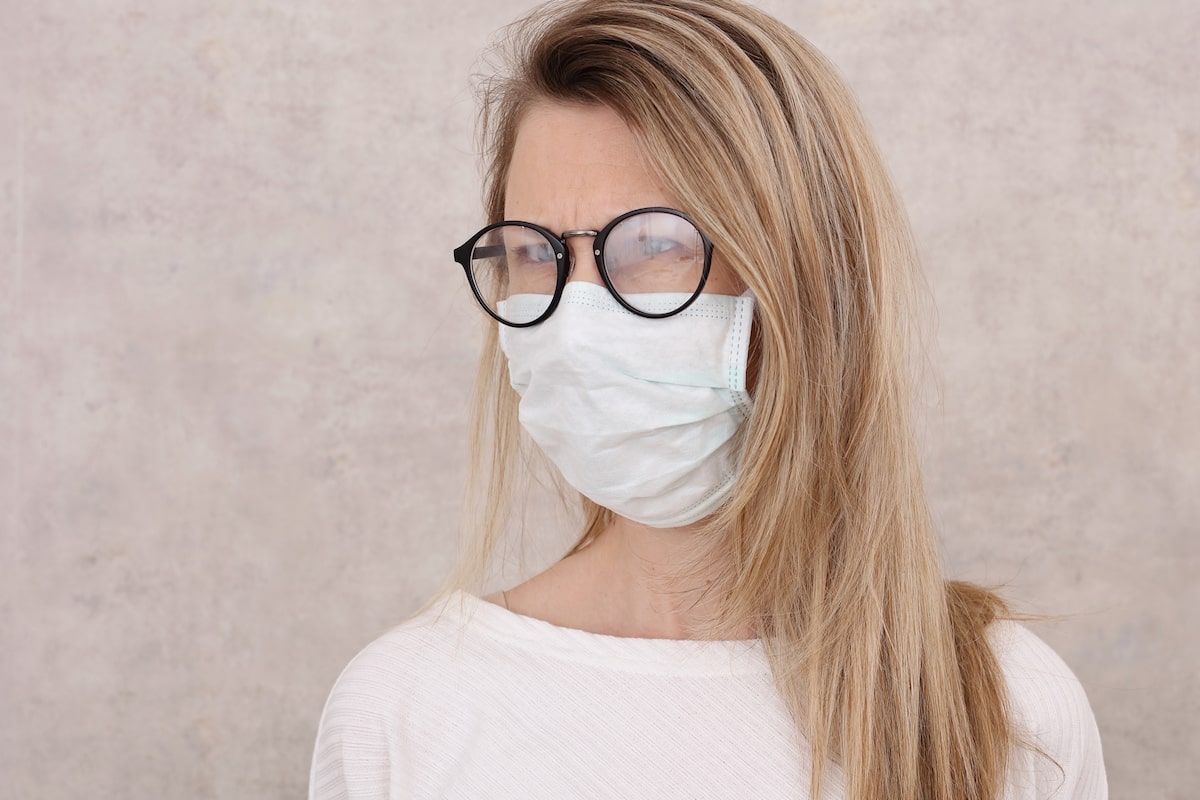Sorry, smartphone. The new essential accessory is the face mask. Everyone from the Centers for Disease Control and Prevention to Gov. Ned Lamont says we should not be seen in public unmasked whenever social distancing isn’t possible.
Medically-approved masks, such as the N95 respirator, should be reserved for medical professionals as COVID-19 quickly depleted available sources. Today, we’re talking about DIY cloth masks, both functional and, occasionally, fashionable.
What a Cloth Mask Can (And Can’t) Do
Let’s face it. A DIY cloth mask isn’t as effective as an N95 respirator, which actually lives up to its name: It can filter out 95 percent of airborne particles. But that’s assuming it’s worn correctly. Even medical professionals need refresher training on how to properly mold the mask to the face. (See the video below to watch how a professional gets ready for a COVID-19 work day.)
Your cloth mask, though less effective, is actually worn less for your protection and more to protect others nearby. COVID-19 has several mysterious, even sinister, characteristics. Most notably, someone infected with COVID-19 might not show symptoms initially, making that person an unwitting superspreader. It could be you.
In a new CDC hospital study (click here), airborne COVID-19 viral particles traveled at least 13 feet as a fine mist and also clung to shoes. Other studies have found that, out of the hospitals and in public, the coronavirus is more likely spread through larger droplets at shorter distances. That is good news for wearers of cloth masks.
How to Wear a Cloth Mask
A cloth mask is much easier to get a good fit than an N95.
The CDC says your creation should:
- Fit snugly but comfortably against the side of the face.
- Be secured with ties or ear loops.
- Include multiple layers of fabric.
- Allow for breathing without restriction.
- Be able to be laundered and machine dried without damage or change to shape.
Here’s your to-do list to wear the mask properly, courtesy of the World Health Organization:
- Before putting on a mask, clean hands with alcohol-based hand rub or soap and water.
- Cover mouth and nose with mask and make sure there are no gaps between your face and the mask.
- Avoid touching the mask while using it; if you do, clean your hands with alcohol-based hand rub or soap and water.
- Replace the mask with a new one as soon as it is damp.
- To remove the mask: Remove it from behind (do not touch the front of mask). Clean hands with alcohol-based hand rub or soap and water.
To clean your cloth mask, treat it like your favorite T-shirt and toss it in the washing machine.
But My Glasses Fog Up!
First, do no pity yourself just because you can’t see clearly more than 3 feet without assistance. Your glasses also protect you from COVID-19 particles!
Instead, turn to a suddenly relevant 2011 study called “A simple method to prevent spectacle lenses misting up on wearing a face mask” that appeared in the Annals of The Royal College of Surgeons of England. In a layman’s nutshell: Wash your glasses with soapy water, shake off the excess and either air dry or manually dry, gently, with a soft tissue.
We’re not going to wear face masks forever, even though it might seem that way. But used properly, it’s not hyperbole to suggest wearing one could save someone’s life. The fashion statement? That’s entirely up to you.
For more information about Hartford HealthCare virtual health visits, click here.
Stay with Hartford HealthCare for everything you need to know about the coronavirus threat. Click here for information updated daily.
Get text alerts by texting 31996 with COVID19 in the message field.
xxxxx

